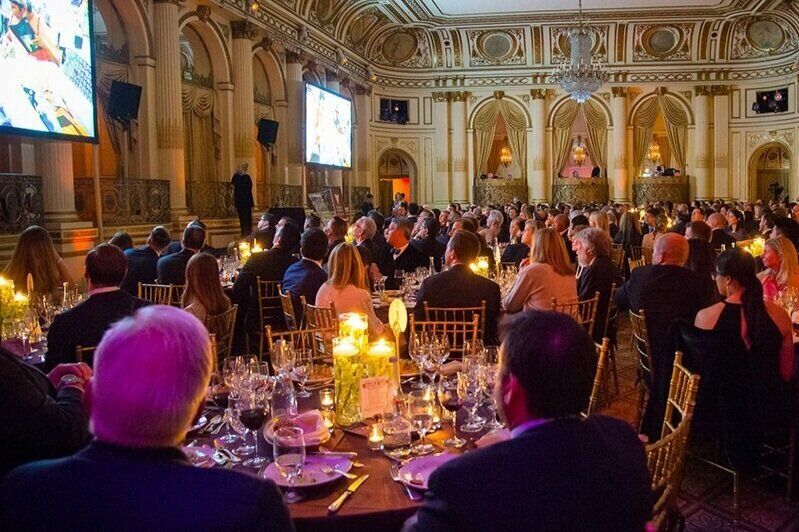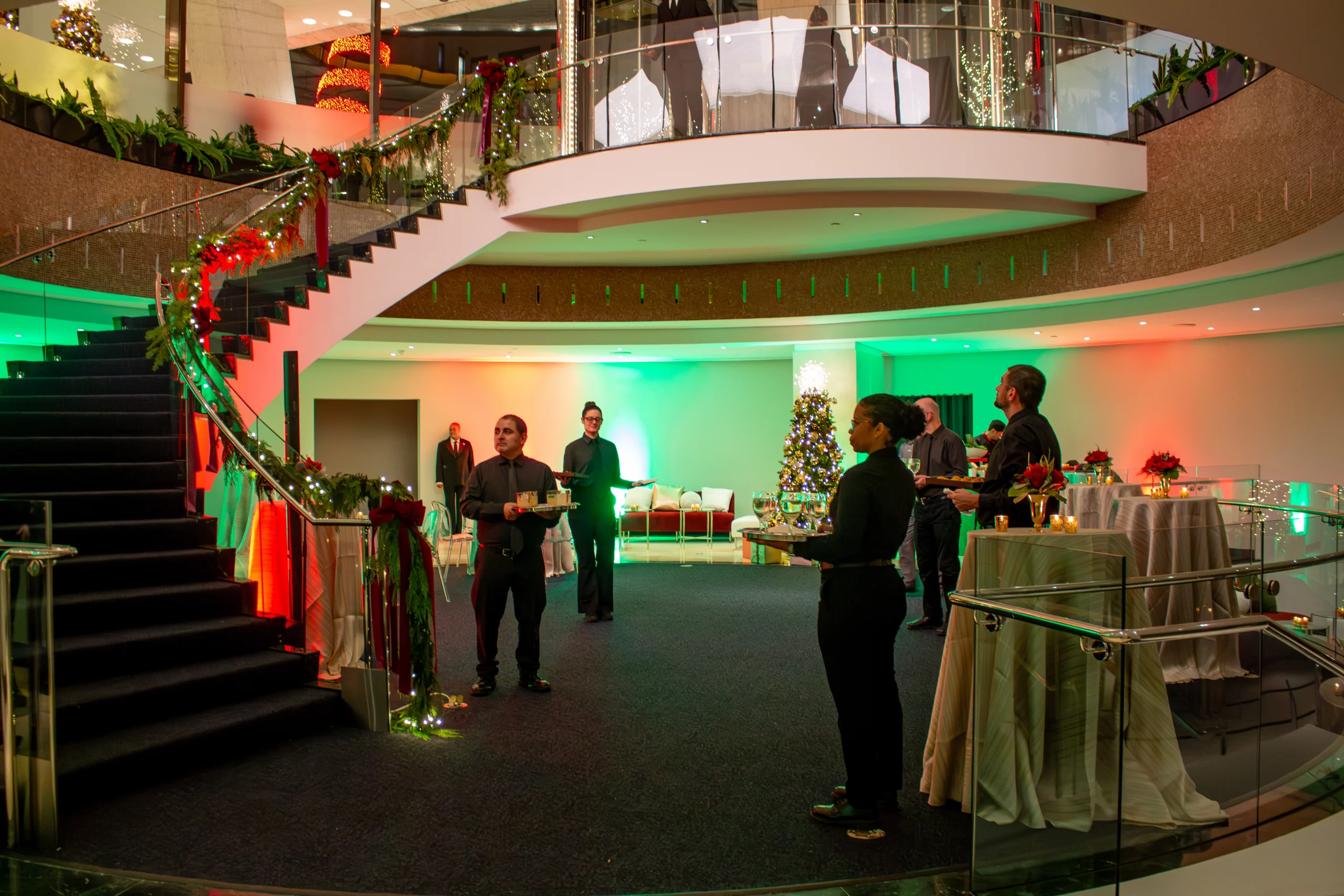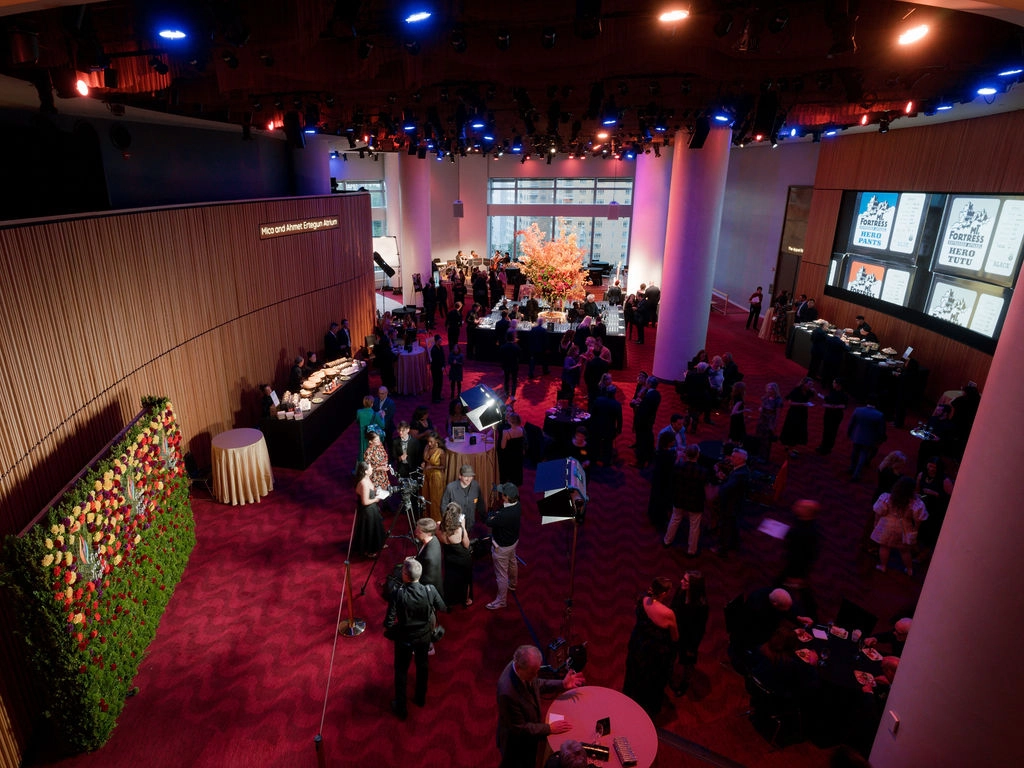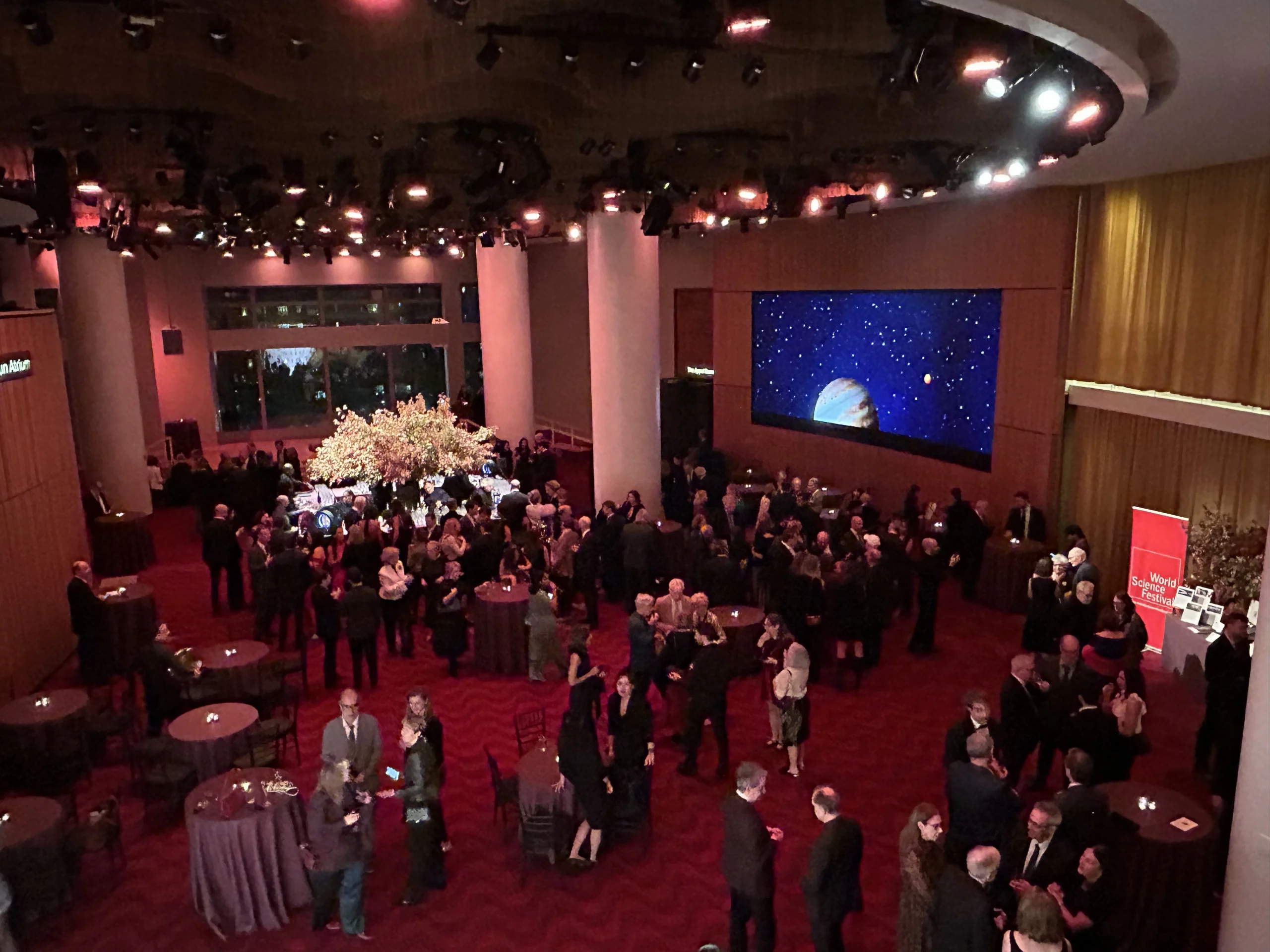And We’re Live! The Return of In Person Nonprofit Events

AND WE'RE LIVE! THE RETURN OF IN-PERSON NONPROFIT EVENTS
By Great Performances
40% of nonprofit organizations reported losses in total revenue for 2020. Partly attributed to a dramatic decline in program-related revenue, it can also be attributed to a decline in donations. Overall, 37% of nonprofit organizations reported a decline in donations in 2020 compared to 10% of nonprofit organizations in the preceding 5-year period and more than 70% of organizations reported that individual donations are essential or very important to their business. (Source)
As Covid restrictions lift and people reunite at events, restaurants, theaters, and in the office, there’s opportunity for nonprofits to recover and rebuild their donation bases. Prior to the pandemic, many nonprofit organizations held galas and events for awareness, education, community, networking, and fundraising. With our return to events, nonprofit organizations can extend their current outreach programs with live events to re-engage and grow their donor base. We spoke with some leading nonprofit event planners and partners to get a better idea of what’s happening with nonprofit organizations and how they’re coming back to live events.
Across the board, we’re seeing an increase of in-person nonprofit events, which is exciting for everyone from the nonprofit host who’s able to reconnect with their donor base to the gala attendee who is delighted to get all dressed up with somewhere to go! Rob Arango, Director of Client Development at CPS Events at The Plaza, notes that there’s been more attention to the step-and-repeat as guests are dressing up, eager to meet, greet, and have their photos taken. Even those first moments arriving at an event are celebratory! For anyone who’s watched the awards shows these past months, we’ve seen more glitz, glamor, and excitement on the red carpet.
Aside from being standard operating procedure for nonprofits to host events, galas, and live fundraisers to raise money and engage donors, there’s been increasing pushback on virtual only events (we specify virtual-only for reasons we’ll elaborate on later). The cost and effort of hosting virtual events didn’t deliver the returns in engagement and donation dollars that organizations realized from live events. As Shaun Roberts, Vice President at Great Performances notes, everyone from corporations building teams to religious organizations leading their congregations is seeing the importance of community. Specifically, education institutions are hosting alumni functions, hospitals are rebuilding fundraising efforts, artistic and performance-based groups are inviting guests back into their spaces, and socially aware organizations are rebuilding their education and outreach programs. “No matter how great the technology, it’s impossible to replicate the networking that takes place at live events,” observes James Munz, Vice President of Sales at Ziegfeld Ballroom, home to many nonprofit events including fundraisers, galas, and celebrations.
“Live events not only raise money; more importantly they are used to cultivate new donors,” reports Mike Warren, Director of Catering at CPS Events at The Plaza. Often, gala attendees will sponsor a table and invite guests who might make a connection with the cause and become a supporter. But there’s been another shift in how galas are held, notes Roberts. Instead of being tied to a table and chairs, more events are starting to have more mobile events (and not the digital kind) where guests are encouraged to walk around the space and network. “It’s been a heated debate within many organizations,” he says, “and a decision that’s very personal to each nonprofit.” Speaking with caterers, planners, and venues can help determine which event style makes the most sense for each nonprofit’s goals and constituency.
Health and safety are still top of mind for many nonprofit organizations planning events but staying on top of the latest requirements and protocols can be stressful and confusing. Munz stresses that it’s important to talk to the experts: the caterers and venues who are best able to advise on best practices that support the health, safety, and comfort of event guests. This can be anything from accessibility to ventilation. “We believe in full transparency and providing as much information as necessary to put our clients and their guests at ease. We can also share what some other nonprofits are doing to help provide some context.”
For most organizations, events look like they did pre-pandemic. Groups who are already going out are going out with a relaxed (or exhausted) attitude towards Covid stipulations: tables are not entirely distanced, and check-in is swift. At GP, we are asking our staff to be vaccinated and to remain masked, but many clients are asking that masks be removed, a sign of their desire to make everything appear as it once was. There are some planners and nonprofit organizations who are still staying on the side of caution, but Warren observes that these are few and far between and it may be as simple as setting a table for ten guests for eight.
Some nonprofit organizations aren’t quite willing to let go of the virtual component and are looking for hybrid events. Munz acknowledges that hybrid events can be a great opportunity to capture a wider audience; however, they require an extra level of planning and expertise. Roberts cautions that planning two events in one may result in increased costs and effort and that nonprofit organizations considering hybrid events need to be clear about their goals and expectations for each group of attendees. Selecting the right partner is critical to help create a program that flows smoothly. Munz notes that he’s seen the virtual portion of the hybrid event pause while the in-person attendees were being served their meals. With their deep expertise in hosting events, planners can help create a run of show and make program suggestions to make the event run seamlessly from both perspectives.
Being mindful of guest behavior advises event timelines and runs of show. Munz advises that nonprofits organizations consider adjusting their events to a shorter programmed event followed by a post-dessert reception. This allows those guests who feel uncomfortable to leave and those who feel comfortable to stay longer and socialize – a hybrid of the seated events and the networking sessions.
Event planning is also happening at a shorter timeframe. Although many nonprofits are booking venues, caterers, and other vendors months in advance, guests are waiting until closer to the event date to RSVP, making it difficult to confirm guest counts. And then there are the nonprofits that are booking events on shorter notice. Although it is possible, the current employment landscape can present a challenge. “We always recommend that our clients book the date as soon as they can so we can confirm a venue and ensure proper staffing at their event,” Roberts advises.
At the end of the day, all of the event experts and their nonprofit clients agreed on one thing: nonprofits absolutely should be hosting live events. “There used to be gala fatigue, then we had Zoom fatigue and Covid fatigue. People are eager to get back out in person,” Arango shares. People are yearning for a face-to-face connection, and it’s obvious in the excitement demonstrated when guests are together for the first time.
Encouraging those who are reluctant to venture out to an event can be as simple as providing them with more information, Roberts notes. “Be clear with what the evening holds so people can make their own choices. If you have an amazing key speaker, people will turn out for that; and keep the event to the point—no fluff.” Once you’ve identified your event goals, create a program that will engage your guests. Gone are the days when people stay at a gala until 10:00 pm because they have to; they will stay because they want to be there.
Related Posts
No records found for the
search criteria entered.
-

Introducing 8 1/2 at 9 West 57th
AND WE'RE LIVE! THE RETURN OF IN-PERSON NONPROFIT EVENTS By Great Performances ...
-

Celebrating Community, Creativity & Connection: Highlights From Three Standout Events
AND WE'RE LIVE! THE RETURN OF IN-PERSON NONPROFIT EVENTS By Great Performances ...
-

Event Recap: World Science Festival Gala 2025
AND WE'RE LIVE! THE RETURN OF IN-PERSON NONPROFIT EVENTS By Great Performances ...








